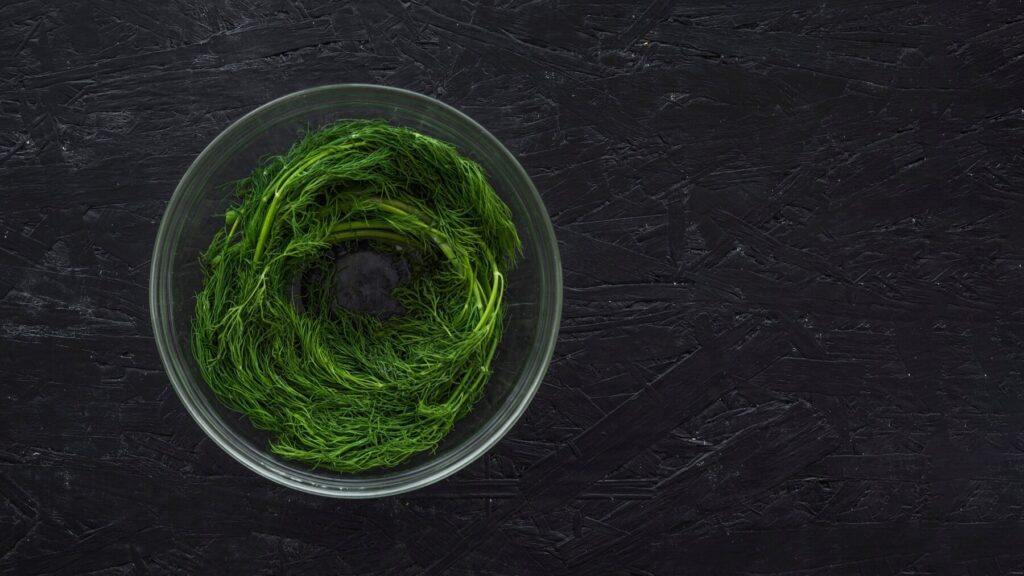Choosing the Right Diet for Your Pet Fish: A Complete Guide

Introduction: Feeding Your Fish the Right Way
Owning a pet fish may seem simple, but providing the right diet is crucial to their health, longevity, and vibrant appearance. Many fish owners assume that tossing in a pinch of flakes once a day is enough, but in reality, different species have unique dietary needs that must be met for them to thrive.
At High Furries, we understand that feeding your aquatic pets can be confusing with so many options available—flakes, pellets, live food, freeze-dried options, and more! That’s why we’re here to guide you through choosing the right diet for your pet fish, ensuring they receive the perfect balance of nutrients.
Understanding Your Fish’s Dietary Needs:
Before selecting fish food, it’s important to identify whether your fish is a:
Herbivore (plant-based diet)
Carnivore (meat-based diet)
Omnivore (combination of both)
Each type of fish has specific dietary needs based on their natural feeding habits in the wild. Let’s explore their food preferences in detail.
1. Herbivorous Fish:
Herbivorous fish feed on algae, aquatic plants, and plant-based materials. They have long digestive tracts designed to break down fibrous plant matter.
Examples: Plecos, Silver Dollars, Mollies, Parrot Fish
Best Food Choices: Algae wafers, spirulina flakes, blanched vegetables (spinach, zucchini, lettuce), and aquatic plants.
2. Carnivorous Fish:
Carnivorous fish require a protein-rich diet to support their energy levels and muscle development. Their diet includes small fish, insects, and crustaceans in the wild.
Examples: Betta fish, Arowanas, Oscars, Angelfish
Best Food Choices: Live or frozen bloodworms, brine shrimp, daphnia, mealworms, and high-protein pellets
3. Omnivorous Fish:
Omnivorous fish enjoy a combination of both plant and animal matter, making their diet the most versatile. They require a balanced mix of protein and fiber to stay healthy.
Examples: Goldfish, Guppies, Tetras, Koi
Best Food Choices: Flakes, pellets, frozen shrimp, algae wafers, and vegetable-based foods

Types of Fish Food: Which One is Best?
Now that we understand the dietary needs of different fish species, let’s explore the various types of fish food available and their benefits.
1. Flake Food: The Most Common Choice
Best for: Small to medium-sized fish (Guppies, Goldfish, Tetras)
Flake food is the most commonly used fish food and comes in various formulations to suit different species. It floats on the water’s surface before sinking, making it ideal for top-feeding fish.
Pros: Easy to feed, widely available, formulated for different fish species
Cons: Can lose nutritional value quickly once exposed to water
2. Pellets: Nutrient-Dense & Versatile
Best for: Larger fish (Oscars, Cichlids, Koi, Angelfish)
Pellets come in floating, sinking, and slow-sinking varieties, catering to fish that feed at different levels of the tank. They are more nutrient-dense than flakes, making them a great primary food source.
Pros: Retains nutrients longer, available in various sizes, less waste
Cons: Some pellets may sink too quickly for top-feeders
3. Freeze-Dried Food: A Nutritious Treat
Best for: Bettas, Goldfish, Carnivorous and Omnivorous fish
Freeze-dried food such as bloodworms, krill, and tubifex worms are excellent treats packed with protein and essential nutrients. They mimic natural prey and can improve the color and vitality of fish.
Pros: Long shelf life, retains nutrients, safer than live food
Cons: Can cause bloating if not soaked before feeding
4. Live Food: A Natural Diet for Carnivores
Best for: Arowanas, Oscars, Bettas, Carnivorous fish
Live food such as brine shrimp, daphnia, mosquito larvae, and small feeder fish closely mimics what carnivorous fish eat in the wild. It provides high protein levels and stimulates natural hunting instincts.
Pros: Excellent protein source, enhances activity and color
Cons: Risk of introducing parasites or diseases into the tank
5. Gel Food: A Balanced Alternative
Best for: Herbivorous and Omnivorous fish (Goldfish, Plecos, Tetras)
Gel food is a semi-moist option that combines plant-based and protein-based nutrients. It’s a great alternative for fish that need a softer, easily digestible diet.
Pros: Customizable nutrient content, retains moisture, good for picky eaters
Cons: Requires preparation, shorter shelf life
Feeding Tips for a Healthy & Happy Fish
- Feed the Right Amount – Overfeeding can cause obesity and poor water quality, while underfeeding leads to malnutrition. A good rule of thumb: feed only what your fish can eat in 2-3 minutes.
- Offer a Variety of Foods – Just like humans, fish enjoy a diverse diet! Rotate between flakes, pellets, freeze-dried treats, and fresh veggies to ensure balanced nutrition.
- Feed at the Right Time – Most fish do well with 2 small meals per day. Avoid feeding them at night, as uneaten food can pollute the tank.
- Soak Dry Food Before Feeding – Pellets and freeze-dried food expand in water. Soaking them beforehand prevents bloating and digestive issues.
- Monitor Their Eating Habits – If your fish suddenly stops eating, it could indicate stress, illness, or poor water conditions. Consult High Furries for expert guidance on fish health.
Special Diet Considerations for Different Fish
Goldfish: They lack a stomach, so they require small, frequent meals of vegetable-based flakes, pellets, and blanched greens.
Betta Fish: They need a high-protein diet with freeze-dried or live insects and protein-rich pellets.
Cichlids: Their diet varies based on species, but many require a mix of plant-based and protein-based foods.
Koi Fish: Need a seasonal diet—higher protein in summer, more plant-based food in winter.
At High Furries, we offer personalized fish nutrition consultations to ensure you’re feeding your fish the right way!
How High Furries Can Help You Choose the Best Fish Diet
Feeding your fish correctly is essential for their health, growth, and lifespan. At High Furries, we provide expert fish care consultations to help pet parents:
- Choose the right food for their fish species.
- Understand portion control and feeding schedules.
- Prevent common health issues like bloating, malnutrition, or water contamination.
- Select high-quality, nutritious fish food.
Want to ensure your fish gets the best nutrition?
Book a FREE consultation with High Furries today and let our experts guide you in providing a balanced diet for your fish!
Give Your Fish the Best Life Possible!
A healthy diet is the key to a long, active, and vibrant life for your pet fish. Whether your fish is a herbivore, carnivore, or omnivore, choosing the right food will improve their color, energy, and immune system.
At High Furries, we’re here to support every pet parent with the right guidance and expertise.
Want expert advice on fish care?
Contact High Furries today and ensure your aquatic pets get the best nutrition.
